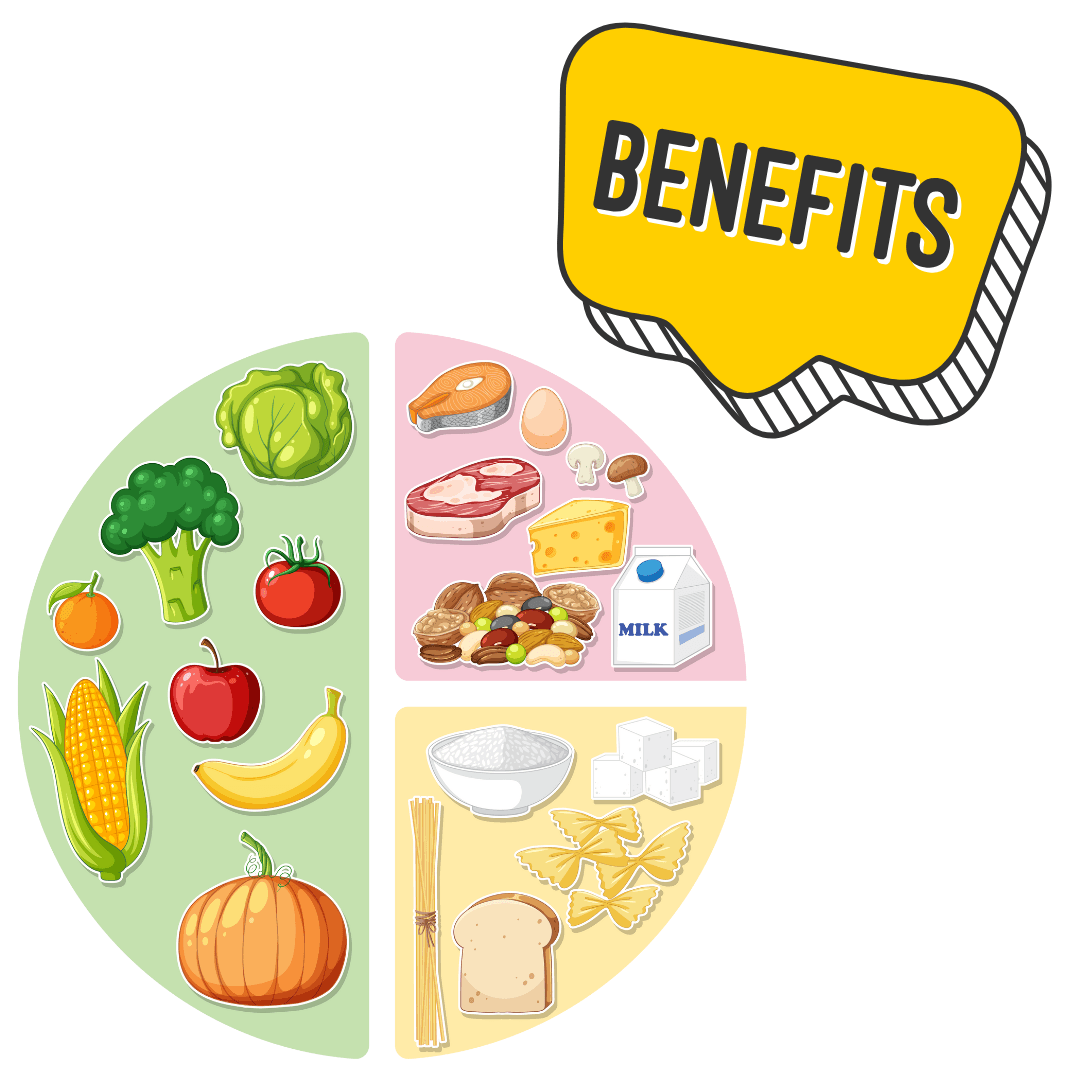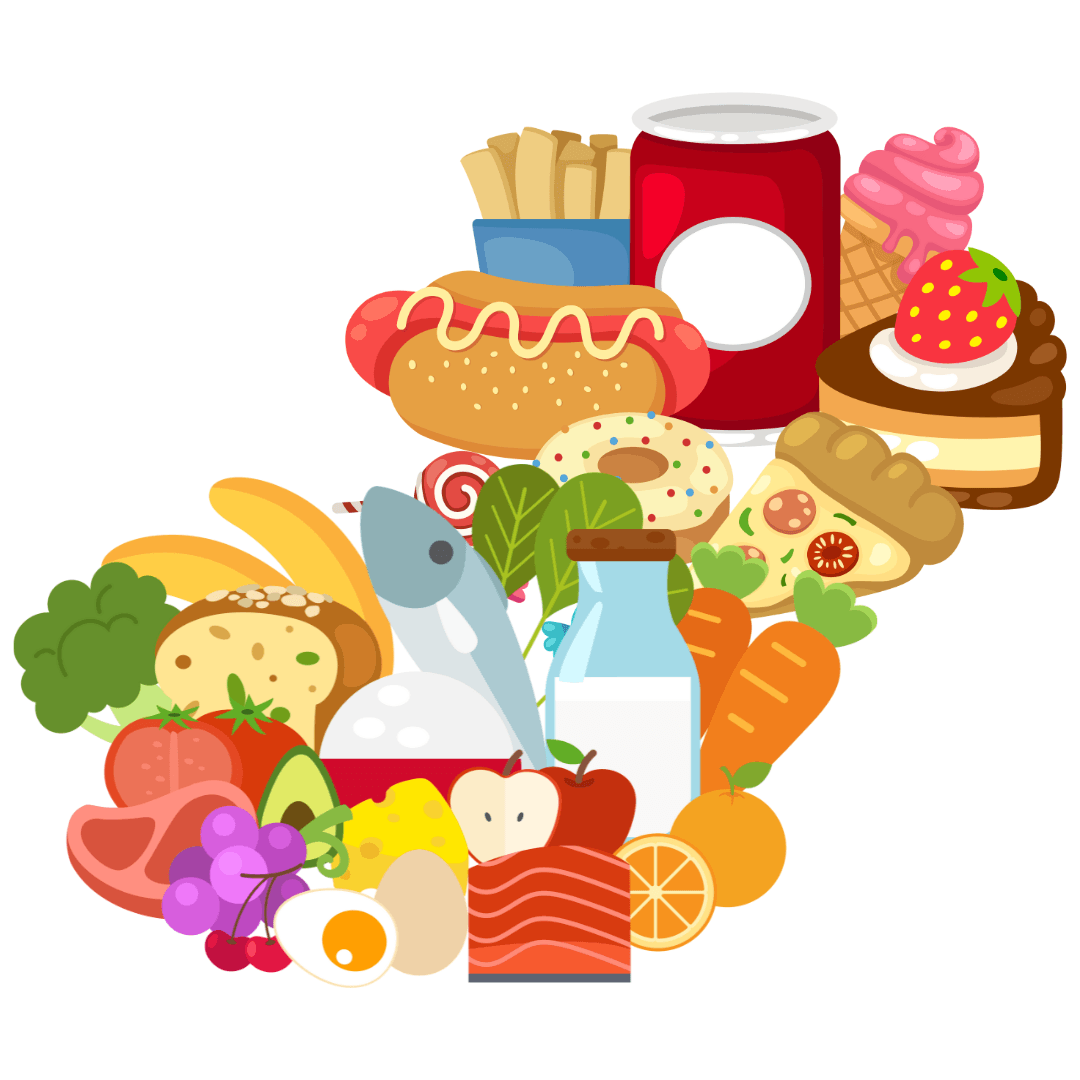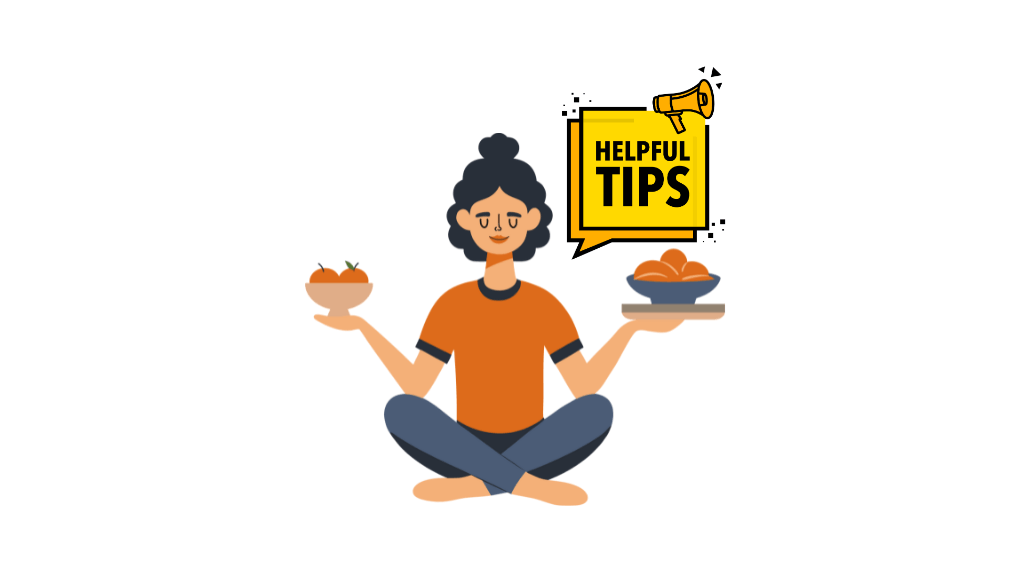How to Talk to Children About Food Without Encouraging Fear or Obsession
Talking to children about food can feel like walking a tightrope. On one side, we want to guide them toward healthy choices and help them understand how to nourish their bodies. On the other, we don’t want to spark shame, fear, or an unhealthy preoccupation with food.
Many of us were raised in environments where food was loaded with emotion, where “good” and “bad” foods were clearly labelled, where treats were rewards, and where weight was often part of the conversation. If you’re in recovery from food addiction or trying to unlearn diet culture, it makes perfect sense that you want something gentler, kinder, and more balanced for the children in your life.
So how do you talk about food in a way that’s both honest and healthy, without setting the stage for fear or obsession? Let’s explore.
1. Focus on What Food Does, Not What It Is
Instead of labelling food as “good” or “bad,” shift the conversation to what food does for the body. For example:
Carrots help your eyes stay strong.
Rice gives you energy to run and play.
Yoghurt helps your tummy with good bacteria.
Cake is yummy and fun to have sometimes.
This helps children view food as a source of fuel, joy, and function, not morality.
Try to avoid comments like:
“That has too much sugar”
“You don’t need more of that”
“That food will make you fat”
These types of statements may seem harmless, but over time they can create anxiety, shame, or secretive eating behaviours.

2. Encourage Body Connection, Not Body Judgement
Instead of focusing on appearance or weight, help children tune into how their bodies feel. Ask questions like:
How does your tummy feel after eating that?
Do you feel full, or are you still hungry?
What kind of snack helps you feel energised at school?
This teaches kids to trust their internal cues and develop a relationship with food based on their own experiences, not external rules or pressures.
Avoid comments like:
“You’ve had enough now”
“You need to finish everything on your plate”
“You shouldn’t be hungry again already”
These messages can override a child’s natural hunger and fullness signals, creating confusion and disconnect.
3. Model the Relationship You Want Them to Have with Food
Children learn more from what we do than what we say. If you want your child to have a balanced, calm relationship with food, it’s okay to reflect on your own.
Ask yourself:
Do I talk about dieting or my body in front of them?
Do I speak kindly about all foods - even the ones I enjoy in moderation?
Do I eat with joy, variety, and flexibility?
You don’t need to be perfect, just aware. Sharing your own journey towards food peace (in an age-appropriate way) can be a powerful example.
You might say:
“I used to be really hard on myself about food, but now I try to listen to what my body needs”
“It’s okay to enjoy dessert. We can have different types of food and still take care of our bodies”

4. Keep Food Neutral - But Still Have Structure
It’s okay to have boundaries around food. Children thrive with consistency and gentle guidance. Examples of balanced structure:
We have set meal and snack times so your body gets used to a rhythm.
We eat dinner together and try to include vegetables most nights.
Yes, we can have sweets, let’s enjoy them after lunch so we’re not too hungry.
This avoids rigid control or total chaos. The key is creating routines without turning food into a battleground.
5. Allow All Foods - With Conversations, Not Conditions
Banning certain foods can make them feel more tempting or “forbidden.” Instead, try creating open dialogue around them. For example:
Sweets are okay sometimes, they taste nice, and we enjoy them together.
Let’s try having something with protein first so you feel full and don’t get a tummy ache.
If you want more chocolate tomorrow, let’s talk about how your body feels after todays.
This builds up trust and supports a long-term healthy mindset, rather than fear-based avoidance.

6. Answer Food Questions Honestly, Without Panic
Children are naturally curious, they’ll ask questions like:
Why don’t we eat cake every day?
Does sugar make people sick?
Why does that person look different?
When this happens, try not to freeze or shut down the conversation. Respond with calm, age-appropriate honesty. You could say:
“Some foods give our bodies long-lasting energy, and some are more for fun. We need a mix of both”
“Sugar isn’t bad, but too much can make us feel tired or cranky. So we have a little at a time”
“People come in all shapes and sizes. What matters most is how someone feels, not how they look”
7. Make Mealtimes About Connection, Not Control
Eating together is a powerful opportunity for bonding, leaning, and joy. Try to make mealtimes relaxes and pressure-free.
Avoid:
Forcing kids to clear their plate.
Commenting on their choices (“You’re eating too much” or “Is that all you want?”).
Using food as a bribe or punishment (“No dessert if you don’t eat your vegetables”).
Instead, try:
Letting kids serve themselves when possible.
Inviting them to help plan or prepare meals.
Asking open-ended questions about their day, not just about what’s on their plate.

Final Thoughts: Raising Kids With Food Confidence, Not Fear
You don’t need to get it perfect. What matters most if that you’re aware, curious, and willing to learn. If you’re working through your own food story, that’s okay. You can heal alongside your child. Talking to children about food isn’t about creating little nutrition experts, it’s about helping them feel safe, empowered, and connected to their bodies. You’re not just feeding them physically, you’re helping them build a lifelong relationship with food rooted in trust, kindness, and care.
Copyright © 2025 · Food Addiction UK



